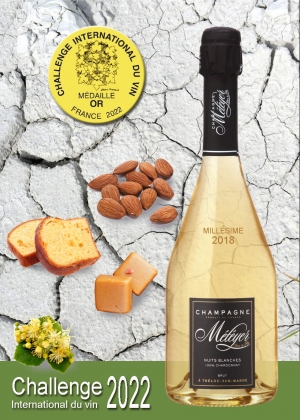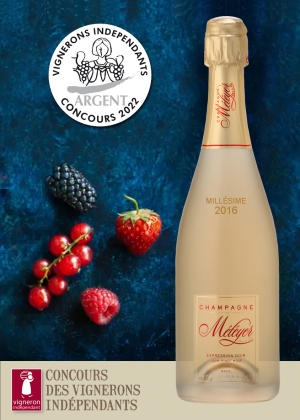Aging
Once the foam is formed, the yeast dies, leaving little sediments. The molecules of this residue interact with the wine's molecules. Simultaneously, a gas exchange occurs with the outside. This particular process and light oxidation enhance the development of aromas and increase gustatory qualities of Champagnes.
The duration of maturation varies according to the types of blendings and desired result, but our legislation provides minimal periods that are actually quite long comparing to other sparkling wines
15 months minimum after bottling. Non-vintage Champagnes have to age 12 months out of that on wooden laths
3 years for Vintage Champagnes










